Interview with Anthony Shay by Susanne Franco
Descrizione
ANTHONY SHAY’s interview offers a rare insight into the lineage of Western theatre dance, the process of cross-cultural transmission of dance genres and the geographical displacement of embodied memories. Currently a Professor of Theatre and Dance at Pomona College, Shay is a former choreographer who has created more than 200 works with material coming from traditional dance genres, predominantly from the Balkan region, Middle East and Turkey. As he recounts to dance scholar Susanne Franco, he was first introduced to folk dances as a recreational activity during his college studies which took place at a period of intense cultural fascination with what constitutes folk dance and ethnic identity. During the cold war, the encounter as a spectator with the work of Russian choreographer and “dance diplomat” Igor Moiseyev changed the trajectory of his professional life and inspired him to create the AMAN International Music and Dance Company, a non-professional dance company that gained great visibility across the diasporic ethnic communities in the USA thanks to the voluntary commitment of the dancers and the choreographer. In this frame, he theoretically introduced the etho-identity dances, dance works with ethnic references that are created by a choreographer to be (re-)presented on stage. Ways of dance transmission and issues of authenticity and appropriation in the restaging process include the additional topics of this discussion that recounts the trajectory of an artist-scholar across a professional career of nearly 60 years.
INTERVIEW QUESTIONS:
[00:00:18] What is your first personal memory related to dance?
[00:01:04] Which dancer informed your way of thinking about dance and choreography?
[00:09:25] When did you start defining yourself as a dancer and choreographer?
[00:16:50] What kind of physical knowledge do you keep in your body?
[00:18:14] Steve Paxton said to be careful of what you put in a body because it is practically impossible to eliminate it. What do you think about this statement?
[00:19:51] Which forms of transmission have you experienced as a dancer?
[00:23:36] Which forms of transmission have you used as a teacher and choreographer?
[00:24:35] To what extent did your incorporated knowledge shape your identity?
[00:28:55] What do you mean by “Ethno identity dances”?
[00:32:04] How do you negotiate the representation of different ethno identity dances on stage?
[00:41:58] Could you contextualize the current debate on reconstruction and reenactment in the Persianate world and its dance traditions?
[00:46:36] How did your physical knowledge and embodied consciousness of the past impact your writing about dance as a scholar?
[00:51:44] To whom did you choose to pass on your knowledge and the dance legacy you have preserved in your body?
Luogo/Tempo
October 12, 2021
Formato
video/quicktime (647.50 MB PT55M36S)
Soggetto
• The Rite of Spring (reconstruction by Milicent Hodson and Ken Archer), Aman Folk Ensemble, Prokosch Kurath, Gertrude (American dancer, researcher, author, and ethnomusicologist), Judith Lynne Hannah (Anthropologist), Hekmat Nasrin (Persian dancer/dance teacher), Amalia Hernández (Ballet Folklórico de México), Igor Moiseyev, Ilia Risov (Bulgarian Dance company), Franklin Delano Roosevelt, Anya Peterson Royce, (Anthropologist) Joseph Stalin, Harry S.Truman, Azerbaijan, Croatia, Oregon, Pakistan, Sardana, Slavonia, Smotra Folkora (Zagreb International Folklore Festival), UCLA, Ukrania, Zagreb, Balkan dances, Cold War, Folk dance, Iranian Dances, Middle Eastern Dance, Persian dance (Iran, Afghanistan, Uzbekistan, Azerbaijan), Russian folk dances, Turkish Folk Dance







 è un servizio del
è un servizio del